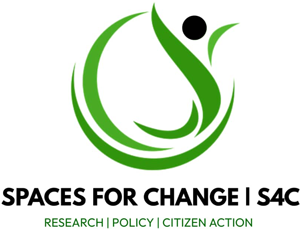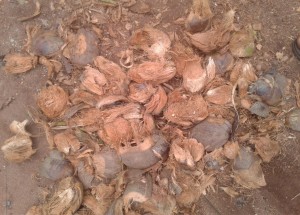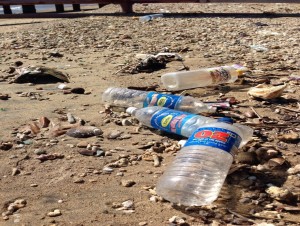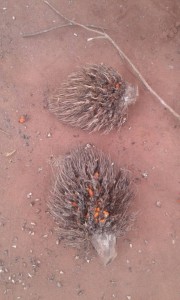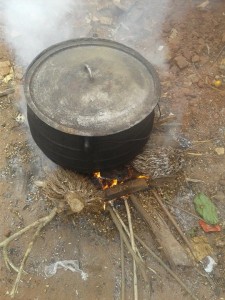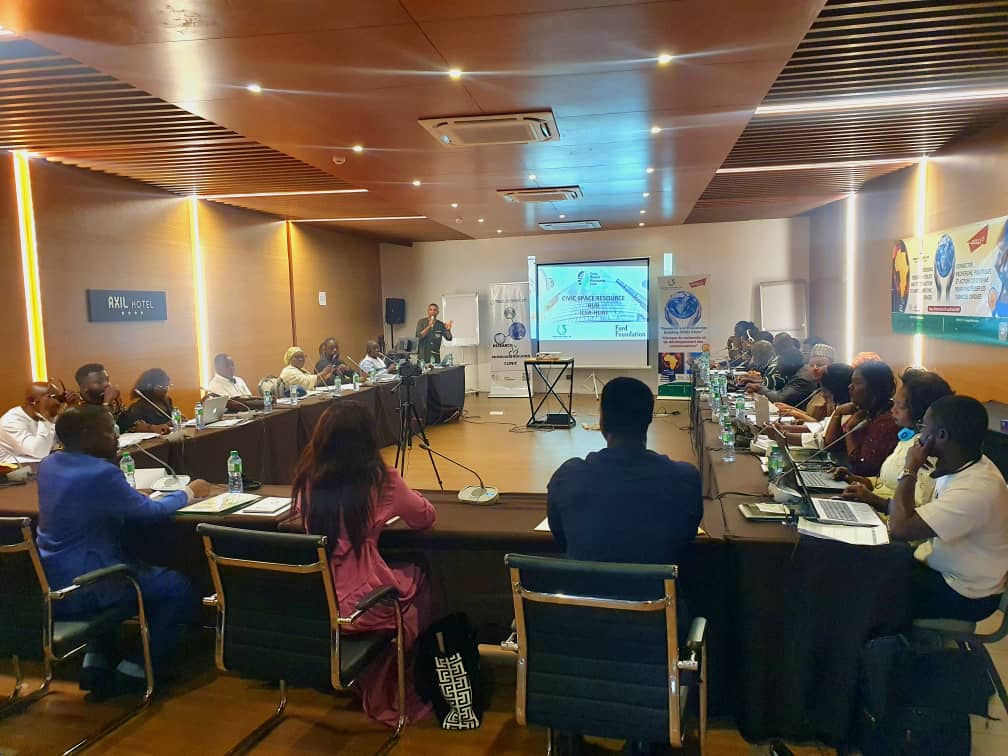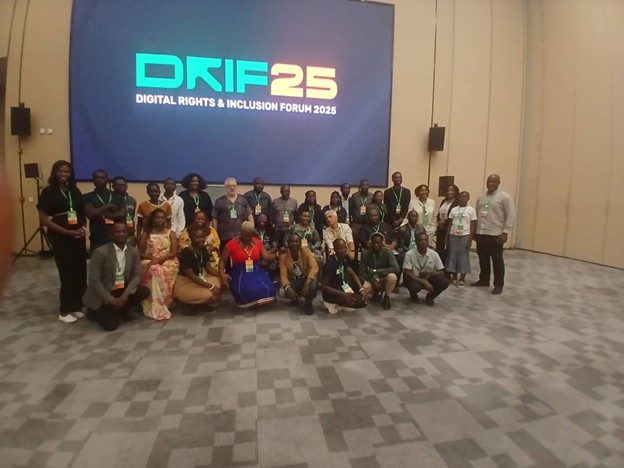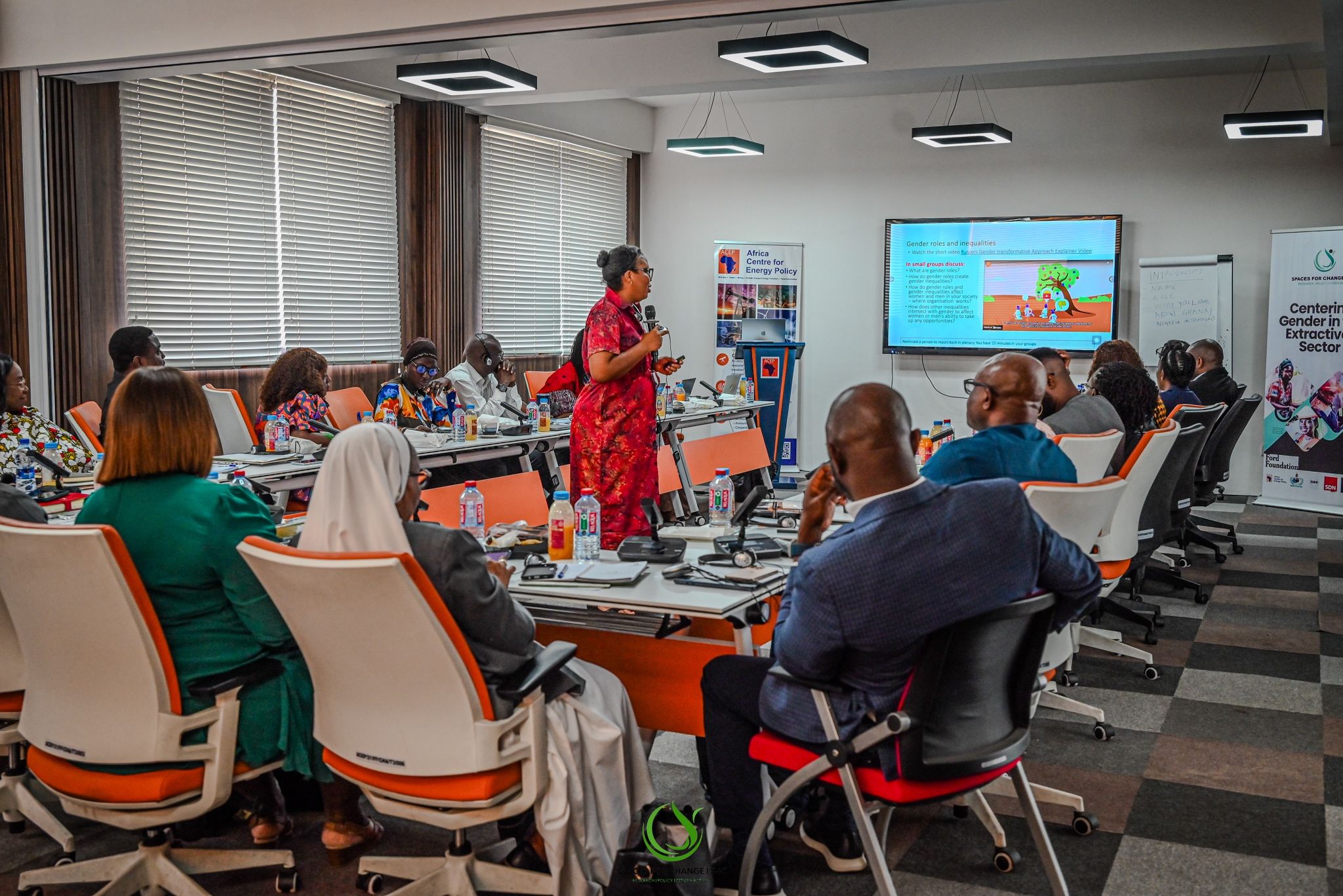Traditionally, women’s use of energy revolves around domestic chores, particularly for cooking and lighting. Changes in energy subsidy policies often force energy (petrol and kerosene) prices to go up, affecting the way women access, use and experience energy in their households. For instance, in January and May 2016, Nigeria’s pricing body that regulates the price of petroleum products, the Petroleum Products Pricing Regulatory Agency (PPPRA0, revised the pricing template for kerosene and premium motor spirit (PMS), effectively removing subsidy on those petroleum products. The 2016 revisions saw kerosene and petrol prices jump from ₦50 to ₦83 (and later to ₦150) and ₦97 to ₦145 respectively. Although the official price of kerosene was fixed at N150 per litre, S4C’s July 2016 survey suggests that the majority of consumers across the country purchased kerosene at an average price of N220. As of 2017, the price of kerosene continues to rise astronomically while the product has remained scarce.
Poor access to energy supply contributes to the high levels of poverty and underdevelopment. Estimates suggest that approximately 2.3 billion people (SE4ALL, 2015, SE4ALL, 2014) have either “no access” or “unreliable access” to electricity for basic lighting services. For about 18 percent of the global population, mostly in sub-Saharan Africa and developing Asia-Pacific, the only source of light beyond the daylight is provided by kerosene or candles.
Kerosene is predominantly used by poor and low-income earners for cooking and lighting. So, what do rural women in Imo State use for cooking and lighting when kerosene is scarce or when the prices go up and become so unaffordable? During its gender and energy household survey conducted between May 7-14, 2017, SPACES FOR CHANGE surveyed 499 low-income women in six Uzoagba villages: Umuomi, Umueziogwu, Umueze, Umukpeh, Umualumaku, Umuehihie 1 and Umuehihie 2. The 7 day-long field survey afforded an opportunity to understand the alternative traditional fuels that rural women use for cooking and lighting when there is no kerosene. Take a look at these traditional fuels popularly used by women in the rural areas:
I. Coconut shells
II. Palm fibre
III. Paper and nylon materials
IV. Condemned plastic material
V. Used palm bunch
VI. Palm kernel coats and shells
PICTURE 1: COCONUT SHELLS
Coconuts are everywhere, and the shells can be a powerful lighter! After eating the main coconut, the shells are not wasted. Once plucked from the tree, the oft green outer covering of the coconut is preserved and dried until it turns brown. The drying process entails storing the shells in an enclosed area, away from rain or water. The dried shells catch fire very quickly and are often used as a replacement for kerosene during cooking. Rural women told SPACES FOR CHANGE that coconut shells can keep fire burning for a long time without quenching.
PICTURE 2: PALM FIBRE
The palm fibre is actually the waste product from processed palm fruits. During the processing, palm oil, used for cooking, is either manually or mechanically extracted from the palm fruit, leaving only the chaff and the nuts. Like the coconut shells, the wet chaff is dried. The dried chaff catches fire so very easily and burns so fast. Because of these special qualities, rural women use it as a substitute for kerosene during cooking.
PICTURE 3: PAPER AND NYLON MATERIALS
Used paper and nylon materials may be regarded as waste elsewhere, but that is not the case for some rural women who use these inflammable items to light up their firewood. So, rather than discard them, rural women just stuff them into dry firewood and strike a match. Bingo! A woman told SPACES FOR CHANGE, ‘I use ‘waterproof’ in place of kerosene. ‘Kerosene or no kerosene, I can prepare meals for my family,’ she says.
PICTURE 4 : PLASTIC MATERIALS
This is almost similar to Picture 3. Here, plastic bottles and containers are deliberately collected and stored to use them for energy. Plastics are highly inflammable and can be used to bolster firewood burning during cooking.
PICTURE 5: PALM BUNCH
When a bunch of palm fruit is harvested and the nuts extracted, rural women use the emptied mass as a cooking fuel. When properly dried, it burns very fast, and is a good substitute for firewood. Survey respondents told SPACES FOR CHANGE that the palm bunch burns faster than firewood because it consists of many tiny thorns that intensify burning.
PICTURE 6: PALM KERNEL SHELLS
The palm bunch is often used together with palm kernel shells. After the nuts are extracted, the shells serve as a cooking fuel when there is no kerosene or firewood. The above picture describes how the palm bunches, the palm kernels and the shells are jointly used as an alternative to kerosene and firewood.
